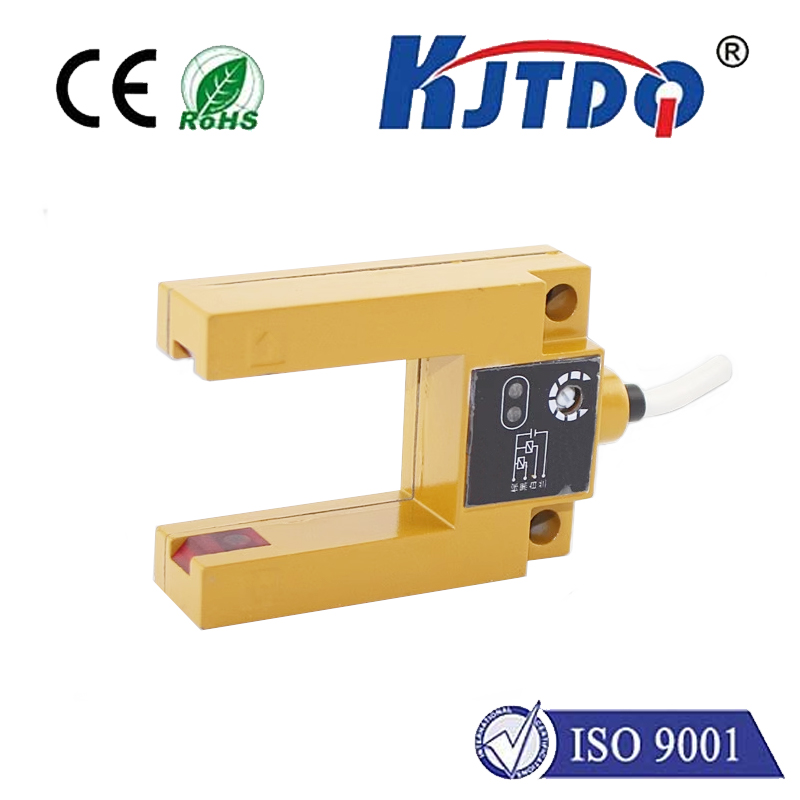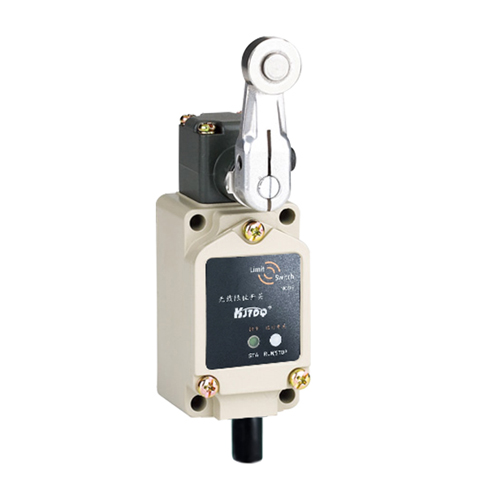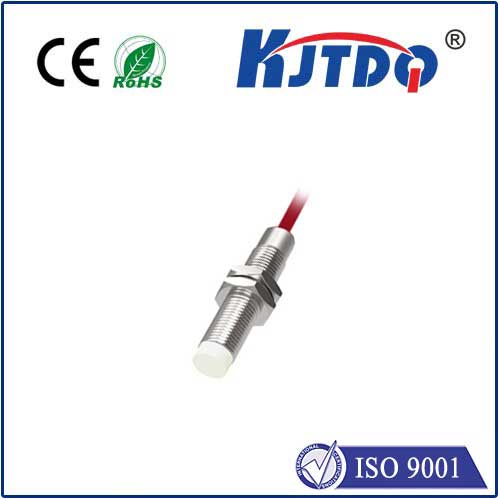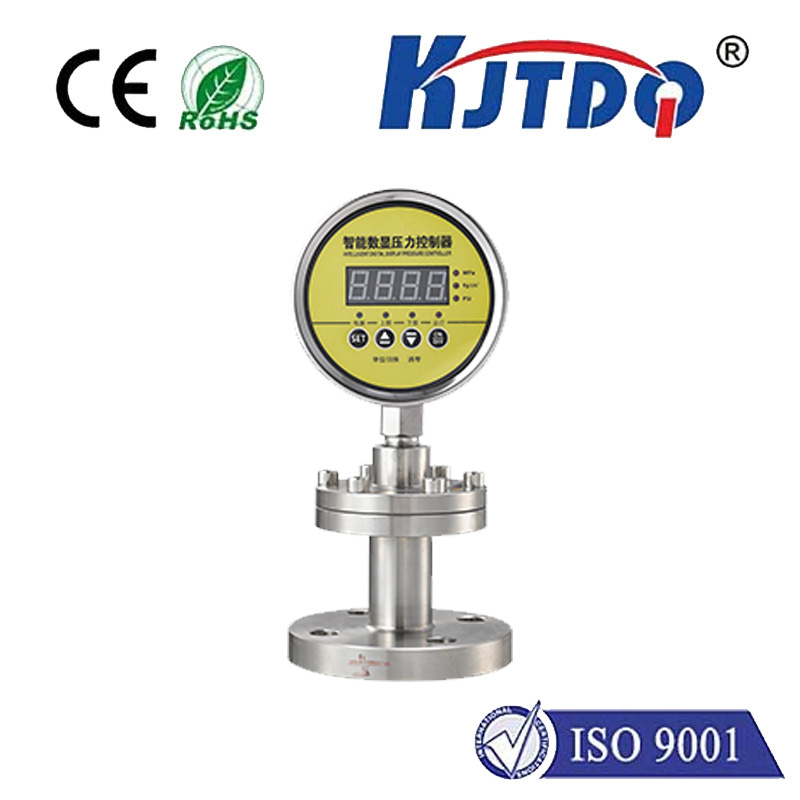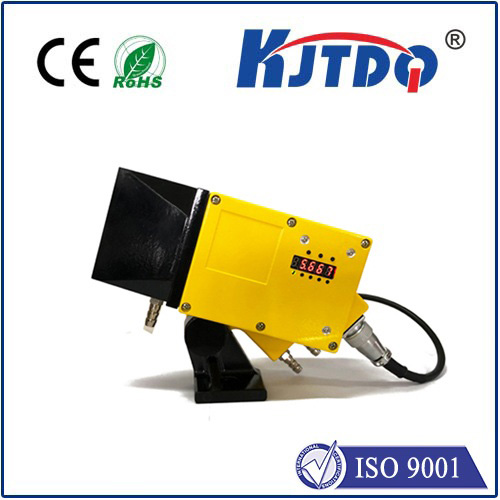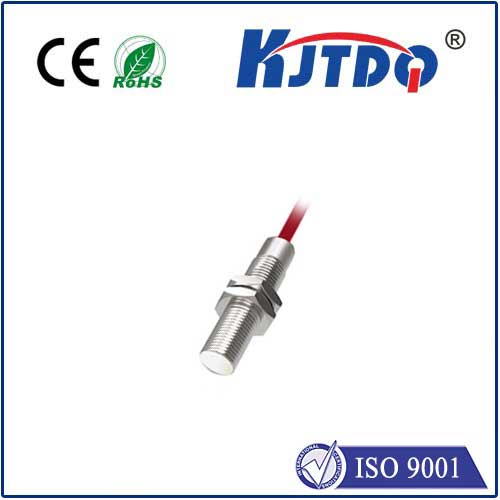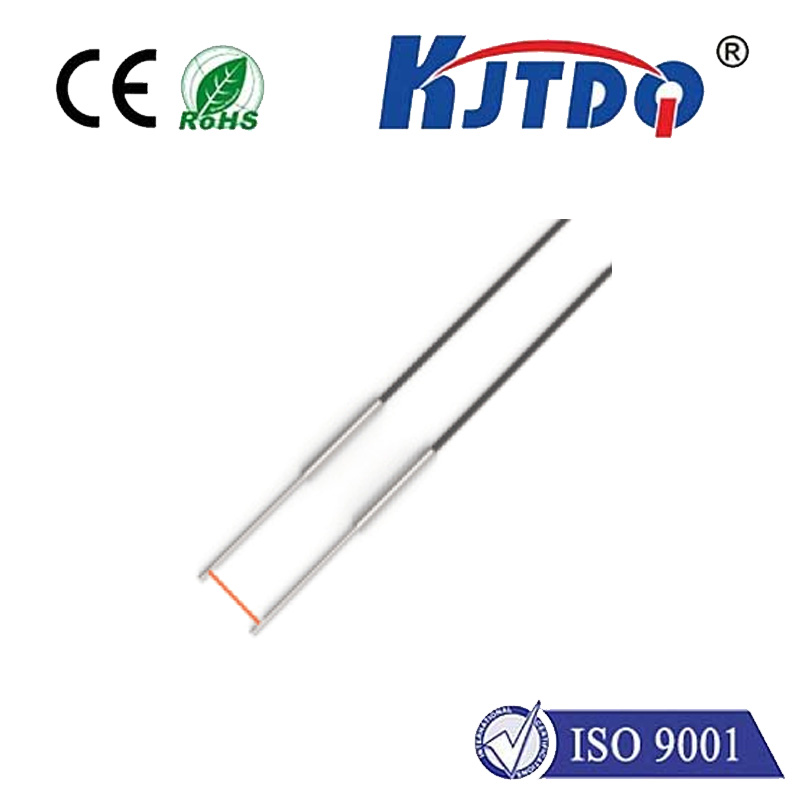inductive square proximity sensor
- time:2025-09-09 00:17:39
- Нажмите:0
The Unsung Hero of Automation: Unlocking Precision with Inductive Square Proximity Sensors
Introduction: Where Robustness Meets Reliability
Imagine a high-speed production line where metal components zip by milliseconds apart. Mechanical switches? Too slow, too fragile. Optical sensors? Blinded by dust and coolant. Enter the inductive square proximity sensor – the stalwart guardian of modern industrial automation. Often overlooked, these robust devices provide vital, non-contact detection of metallic objects in environments where failure is not an option. This article delves deep into how these square-shaped wonders work, why their unique geometry matters, and the critical role they play in ensuring smooth, efficient, and dependable operations across countless industries.
The Core Principle: Harnessing Electromagnetic Induction
At its heart, an inductive proximity sensor operates on the fundamental principle of electromagnetic induction. Here’s the simplified magic:
- Internal Oscillator: The sensor contains an oscillator circuit that generates a high-frequency electromagnetic field emanating from its active face.
- Field Interaction: When a ferrous (iron-based) or non-ferrous (e.g., aluminum, brass, copper) metal object enters this field, eddy currents are induced within the target material.
- Energy Drain: These eddy currents draw energy from the sensor’s oscillating circuit, causing its amplitude to decrease.
- Detection & Switching: A dedicated circuit within the sensor precisely monitors this amplitude change. When the drop reaches a predetermined threshold (indicating the target is sufficiently close), the sensor triggers its output switch – either turning it ON (sourcing/sinking current) or OFF. It all happens without physical contact, making the sensor immune to wear and tear.
Why “Square”? The Form Factor Advantage
While cylindrical inductive sensors are common, the inductive square proximity sensor offers distinct advantages driven by its practical design:

- Optimized for Mounting: The flat sides and right angles of the square housing make it significantly easier to mount securely onto machinery frameworks, brackets, or within confined spaces. They sit flush against surfaces without rolling.
- Enhanced Stability: The broader base provides greater mechanical stability, reducing vibration effects crucial in high-motion applications.
- Space Efficiency: Their shape can be more efficient in densely packed control panels or linear arrangements where maximizing detection points in minimal space is critical. Multiple sensors can be mounted side-by-side without interference concerns specific to their cylindrical counterparts.
- Flush Mounting Capability: Many square sensors are explicitly designed for flush mounting (embedding within metal surfaces). Their flat face integrates seamlessly, protecting the sensor while maintaining its rated sensing distance (Sn), a crucial specification. Cylindrical sensors often require non-flush mounting (leaving space around the barrel) to achieve their full range, which can make them more vulnerable.
Key Specifications: Understanding the Numbers
Selecting the right inductive square proximity sensor goes beyond just the shape. Critical specifications include:
- Sensing Distance (Sn): The nominal operating distance at which the sensor reliably detects a standard target (typically mild steel). This varies significantly between models (e.g., 2mm, 4mm, 8mm, 15mm). Always refer to the datasheet for the exact Sn value and ensure the mounting type (flush/non-flush) is correct.
- Operating Voltage: Common ranges are 10-30V DC or 20-250V AC/DC. Matching this to your control system’s voltage is essential.
- Output Type: Typically NO (Normally Open) or NC (Normally Closed), and either НС (current sinking) or ПНП (current sourcing) for DC variants. AC sensors might have relay outputs. Choosing the correct configuration for your PLC or controller input is vital.
- Switching Frequency: The maximum number of on/off cycles per second the sensor can handle. Crucial for high-speed applications like detecting small parts on a conveyor.
- Housing Material & Protection: Often made of rugged nickel-plated brass or stainless steel and sealed to high IP ratings (e.g., МП67 or IP69K), making them resistant to water, dust, oils, and chemicals – essential for harsh industrial environments.
- Temperature Range: Specify the operational ambient temperature range the sensor can withstand.
Where Shine: Industrial Applications Galore
The robustness, reliability, and non-contact nature of inductive square proximity sensors make them indispensable across diverse sectors:
- Machine Tooling: Monitoring tool presence/absence, detecting workpieces in chucks or fixtures, confirming end-of-travel positions on slides.
- Material Handling & Conveyors: Counting packages (metal), detecting pallets, verifying position of carts, monitoring bin levels (metal parts), triggering sorting gates.
- Packaging Machinery: Confirming carton/tin presence, detecting metal lids/caps, position sensing for filling heads, verifying case sealer positions.
- Automotive Assembly: Verifying component placement, robot end-effector positioning, detecting piston/valve positions, safety guarding (presence in dangerous zones).
- Food & Beverage / Pharmaceutical: Detecting metal components within stainless steel equipment (filler valves, cappers), verifying position of mixing blades or conveyor diverters (using stainless steel variants with high IP ratings).
- General Factory Automation: Position feedback on actuators (cylinders), detecting metal parts for sorting, monitoring door/drawer positions on machinery.
Choosing the Right Tool: Selection Considerations
When integrating an inductive square proximity sensor into your system, consider:
- Target Material: Is it ferrous or non-ferrous? Non-ferrous metals require a shorter sensing distance (typically 30-60% of Sn for steel). Ensure the sensor is rated for your material.
- Required Sensing Distance (Sn): Determine the physical gap needed between the sensor face and the target when detection must occur. Always derate Sn for non-ferrous targets and consider mounting type.
- Mounting Constraints & Environment: Can the sensor be flush mounted? How much space is available? Will it be exposed to washdown chemicals, extreme temperatures, or heavy vibration? Choose the appropriate housing material and IP rating.
- Electrical Compatibility: Match the operating voltage and output type (NPN/PNP/Relay, NO/NC) to your control system.
- Speed Requirements: Ensure the switching frequency exceeds your application’s cycle speed.
- Output Configuration: Does your logic require a signal when the target is present (NO) or absent (NC)? Choose Нет! or НС accordingly.
Beyond the Basics: Ensuring Optimal Performance
Even the best sensor needs proper handling for peak performance:
- Correct Mounting: Follow manufacturer guidelines precisely for flush mounting vs. non-flush mounting. Incorrect mounting drastically reduces Sn.
- Avoid Metal Interference: Ensure nearby metal structures or machinery housings are outside the sensor’s specified exclusion zone to prevent false triggering.
- Power Supply Quality: Use a stable, regulated power supply to avoid erratic behavior. Pay attention to wiring recommendations (cable type, maximum length).
- Target Size and Approach: The target should be large enough relative to the sensor’s active face. For optimal and consistent results, the target should approach the sensor face axially. Sensing distance reduces significantly for edge approaches.
- Environmental Protection: While rugged, ensure the sensor’s specified IP rating is adequate for its exposure (e.g., high-pressure washdown requires IP69K).
These non-contact detection workhorses, with their robust

